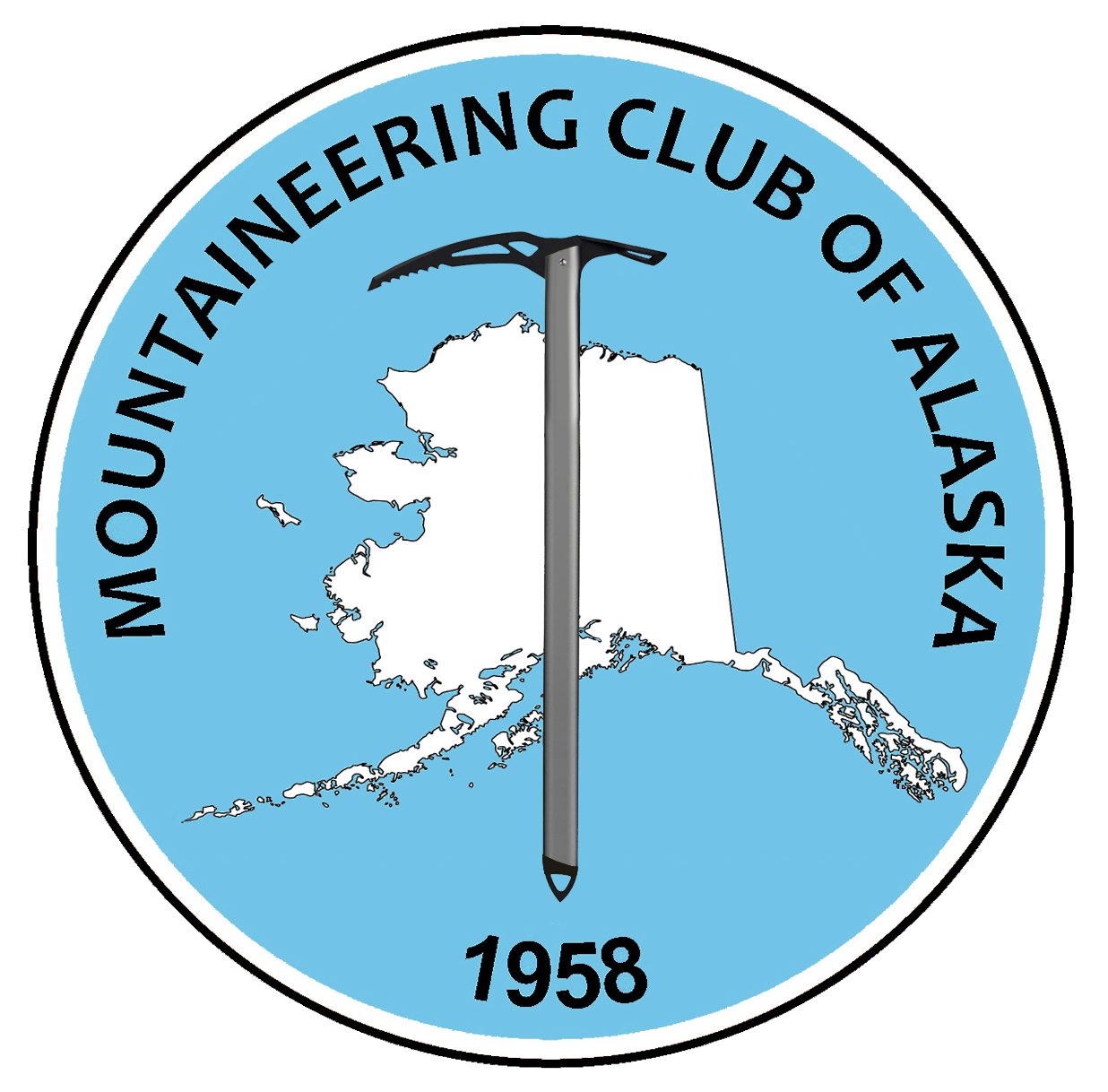Alaskan peaks.
Alaska is home to nine major mountain ranges, as well as hundreds of smaller ranges and mountainous islands.
An introduction to Alaskan Peaks.
The Alaska Range is home to Denali, the highest point in North America, and incorporates several sub-ranges stretching in a 650-mile arc from the White River in the Yukon Territory to the Telaquana River, Telaquana Pass, and Neacola River in southwestern Alaska, including the Nutzotin Mountains, the Mentasta Mountains, the Delta Range, the Hayes Range, the Cathedral Mountains, the Kichatna Mountains, the Tordrillo Mountains, the Hidden Mountains, and the Revelation Mountains. Other notable mountains in the Alaska Range include Mount Foraker, Mount Hayes, Mount Torbert, Mount Kimball, Mount Hesperus, and Kichatna Spire.
The Aleutian Range stretches 600 miles southwest from the Chakachatna River to the tip of the Alaska Peninsula. The Aleutian Range includes several sub-ranges, such as the Neacola Mountains, the Chigmit Mountains, the Buttress Range, and the Kejulik Mountains. The Aleutian Range is largely volcanic in origin and includes such notable peaks as Redoubt Volcano, Iliamna Volcano, Mount Neacola, Pavlof Volcano, Mount Veniaminof, and Mount Griggs.
The Brooks Range stretches 600 miles from the Chukchi Sea to the Peel River in Canada and incorporates several sub-ranges, including the British Mountains, the Davidson Mountains, the Romanzof Mountains, the Franklin Mountains, the Philip Smith Mountains, the Endicott Mountains, the Schwatka Mountains, the Baird Mountains, and the De Long Mountains. Notable peaks in the Brooks Range include Mount Isto, Mount Chamberlin, Mount Hubley, Mount Igikpak, and Mount Doonerak.
The Chugach Mountains stretch 250 miles from Turnagain Arm and Portage Pass to the Tana River, Tana Glacier, Bering Glacier, and Bering River on the east. They are separated from the Talkeetna Mountains to the north by the Matanuska River, Tahneta Pass, and the Nelchina River. The Chugach Mountains are often divided into three sub-ranges – the Eastern Chugach Mountains east of the Copper River; the Western Chugach Mountains home to Chugach State Park west of the Lake Fork of the Knik River, Bagg Pass, and the West Fork of the Twentymile River; and the main Chugach, which also includes the Heney Range, the Dora Keen Range, and the Scandinavian Peaks. The highest peak in the Chugach Mountains is Mount Marcus Baker. Other notable peaks include Mount Thor, Mount Valhalla, Mount Tom White, Mount Steller, Mount Hawkins, Hanagita Peak, Bashful Peak, Baleful Peak, Bellicose Peak, Mount Yukla, Organ Mountain, Pioneer Peak, and Mount Williwaw.
The Coast Mountains stretch about 1,000 miles from the Chilkat River to southern British Columbia. They form much of the Alaskan panhandle in southeastern Alaska and incorporate the Takshanuk Mountains, Chilkoot Range, Buddington Range, and several smaller sub-ranges. Notable Alaskan peaks in the Coast Mountains include Kates Needle, Mount Burkett, Devils Thumb, Devils Paw, Oasis Peak, Mount Service, Horn Spire, and Tukgahgo Mountain.
The Kenai Mountains extend approximately 120 miles from Turnagain Arm, Portage Creek, Portage Pass, Shakespeare Creek, and Passage Canal to the tip of the Kenai Peninsula. Notable peaks in the Kenai Mountains include Truuli Peak, Isthmus Peak, McCarty Peak, Andy Simons Mountain, Iceworm Peak, Mount Ascension, and Pestle Peak.
The Saint Elias Mountains populate the northwestern portion of the Alaska panhandle, extending 300 miles from the Eastern Chugach Mountains to Icy Strait and Lynn Canal. They are separated from the Chugach Mountains to the west by the Tana River, Tana Glacier, Bering Glacier, and Bering River; from the Alaska Range by the White River; and from the Wrangell Mountains by Skolai Creek, Skolai Pass, the Russell Glacier, and the White River. The Saint Elias Mountains incorporate several sub-ranges, including the Skolai Mountains, the University Range, the Granite Range, the Robinson Mountains, the Fairweather Range, the Takhinsha Mountains, and the Chilkat Range. Notable Alaskan peaks in the Saint Elias Mountains include Mount Saint Elias, Mount Bona, Good Neighbor Peak, Mount Fairweather, Mount Hubbard, Mount Cook, University Peak, Mount Augusta, and Mount Crillon.
The Talkeetna Mountains cover an area of approximately 100 miles by 80 miles in southcentral Alaska and are separated from the Alaska Range by the Susitna River, the Chulitna River, Broad Pass, Cantwell Creek, the Jack River, the Nenana River, Monahan Creek, the West Fork of the Susitna River, and the Tyone River. The Talkeetna Mountains are separated from the Chugach Mountains by the Matanuska River, Tahneta Pass, and the Nelchina River. Notable peaks in the Talkeetna Mountains include Sovereign Mountain, Mount Monarch, Montana Peak, Granite Peak, Lava Mountain, and Gunsight Mountain.
The Wrangell Mountains are volcanic in origin and comprise an approximately 100-mile by 60-mile region in eastern Alaska bounded by the Copper River, the Chitina River, the Nizina River, the Nizina Glacier, Skolai Creek, the Russell Glacier, Skolai Pass, the White River, Solo Creek, Geohenda Creek, the Chisana River, Cross Creek, Notch Creek, Cooper Pass, Cooper Creek, the Nabesna River, Jack Creek, and Tanada Creek. Notable peaks in the Wrangell Mountains include Mount Blackburn, Mount Sanford, Mount Wrangell, the Atna Peaks, Mount Drum, and Castle Peak.
Within these mountain ranges are countless glaciers, streams, and lakes. The beauty of Alaska’s mountains is renowned the world over, as are the mountaineering opportunities. The vast majority of Alaska’s mountains remain unclimbed. Difficult access and costly airplane flights keep many mountaineers away, but those who venture into Alaska’s mountains can find abundant rewards.
